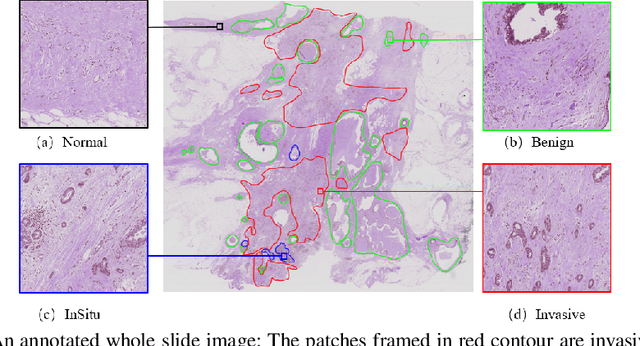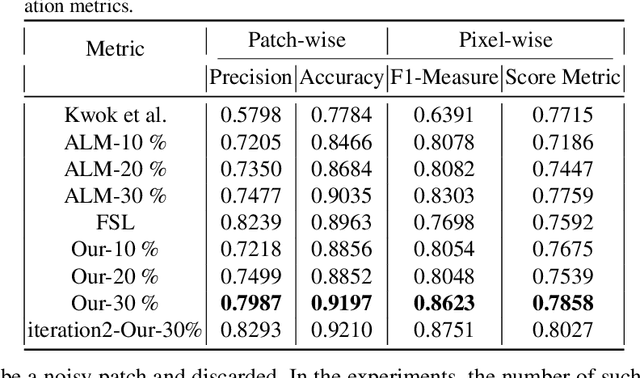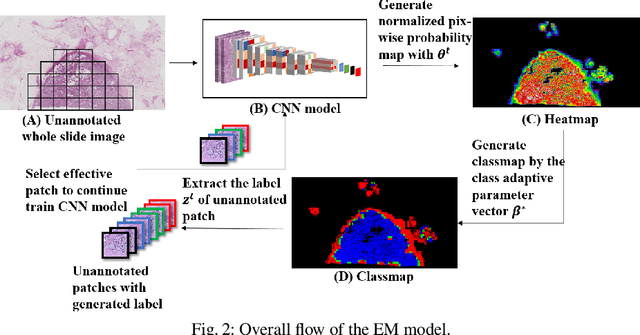Yanyuet Man
BotTriNet: A Unified and Efficient Embedding for Social Bots Detection via Metric Learning
Apr 18, 2023Abstract:A persistently popular topic in online social networks is the rapid and accurate discovery of bot accounts to prevent their invasion and harassment of genuine users. We propose a unified embedding framework called BotTriNet, which utilizes textual content posted by accounts for bot detection based on the assumption that contexts naturally reveal account personalities and habits. Content is abundant and valuable if the system efficiently extracts bot-related information using embedding techniques. Beyond the general embedding framework that generates word, sentence, and account embeddings, we design a triplet network to tune the raw embeddings (produced by traditional natural language processing techniques) for better classification performance. We evaluate detection accuracy and f1score on a real-world dataset CRESCI2017, comprising three bot account categories and five bot sample sets. Our system achieves the highest average accuracy of 98.34% and f1score of 97.99% on two content-intensive bot sets, outperforming previous work and becoming state-of-the-art. It also makes a breakthrough on four content-less bot sets, with an average accuracy improvement of 11.52% and an average f1score increase of 16.70%.
A Semi-Supervised Framework for Automatic Pixel-Wise Breast Cancer Grading of Histological Images
Jul 03, 2019



Abstract:Throughout the world, breast cancer is one of the leading causes of female death. Recently, deep learning methods are developed to automatically grade breast cancer of histological slides. However, the performance of existing deep learning models is limited due to the lack of large annotated biomedical datasets. One promising way to relieve the annotating burden is to leverage the unannotated datasets to enhance the trained model. In this paper, we first apply active learning method in breast cancer grading, and propose a semi-supervised framework based on expectation maximization (EM) model. The proposed EM approach is based on the collaborative filtering among the annotated and unannotated datasets. The collaborative filtering method effectively extracts useful and credible datasets from the unannotated images. Results of pixel-wise prediction of whole-slide images (WSI) demonstrate that the proposed method not only outperforms state-of-art methods, but also significantly reduces the annotation cost by over 70%.
 Add to Chrome
Add to Chrome Add to Firefox
Add to Firefox Add to Edge
Add to Edge